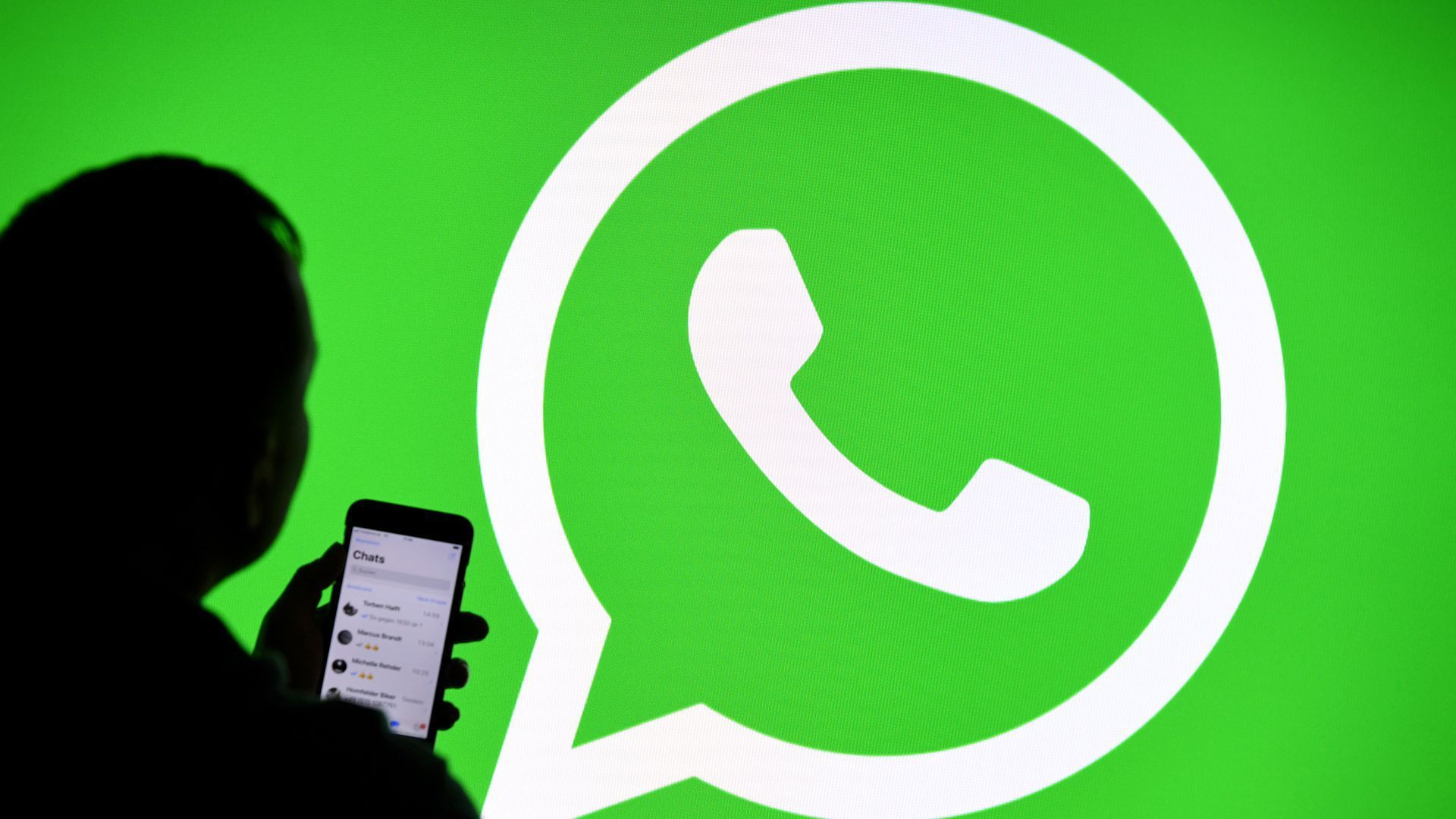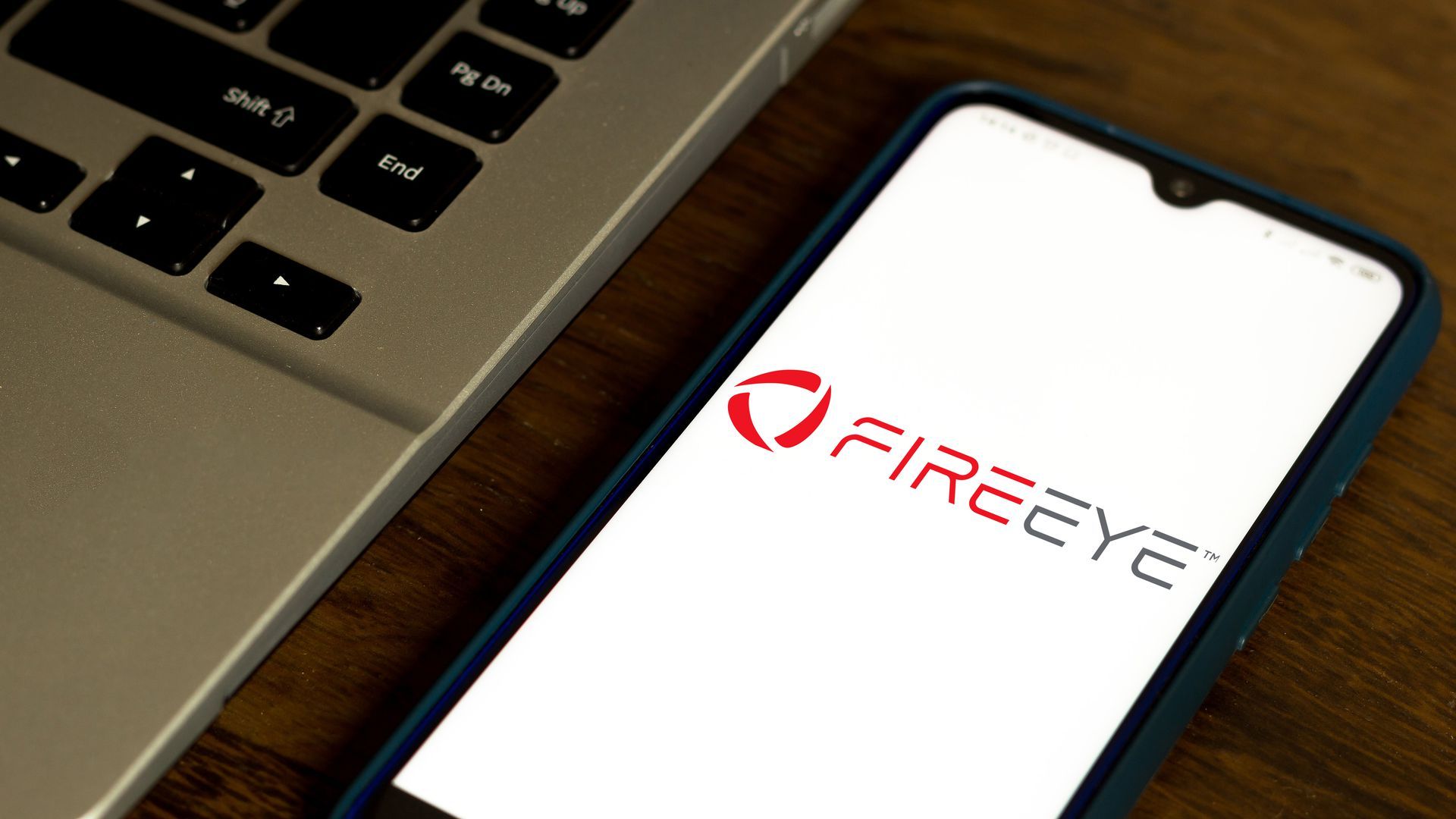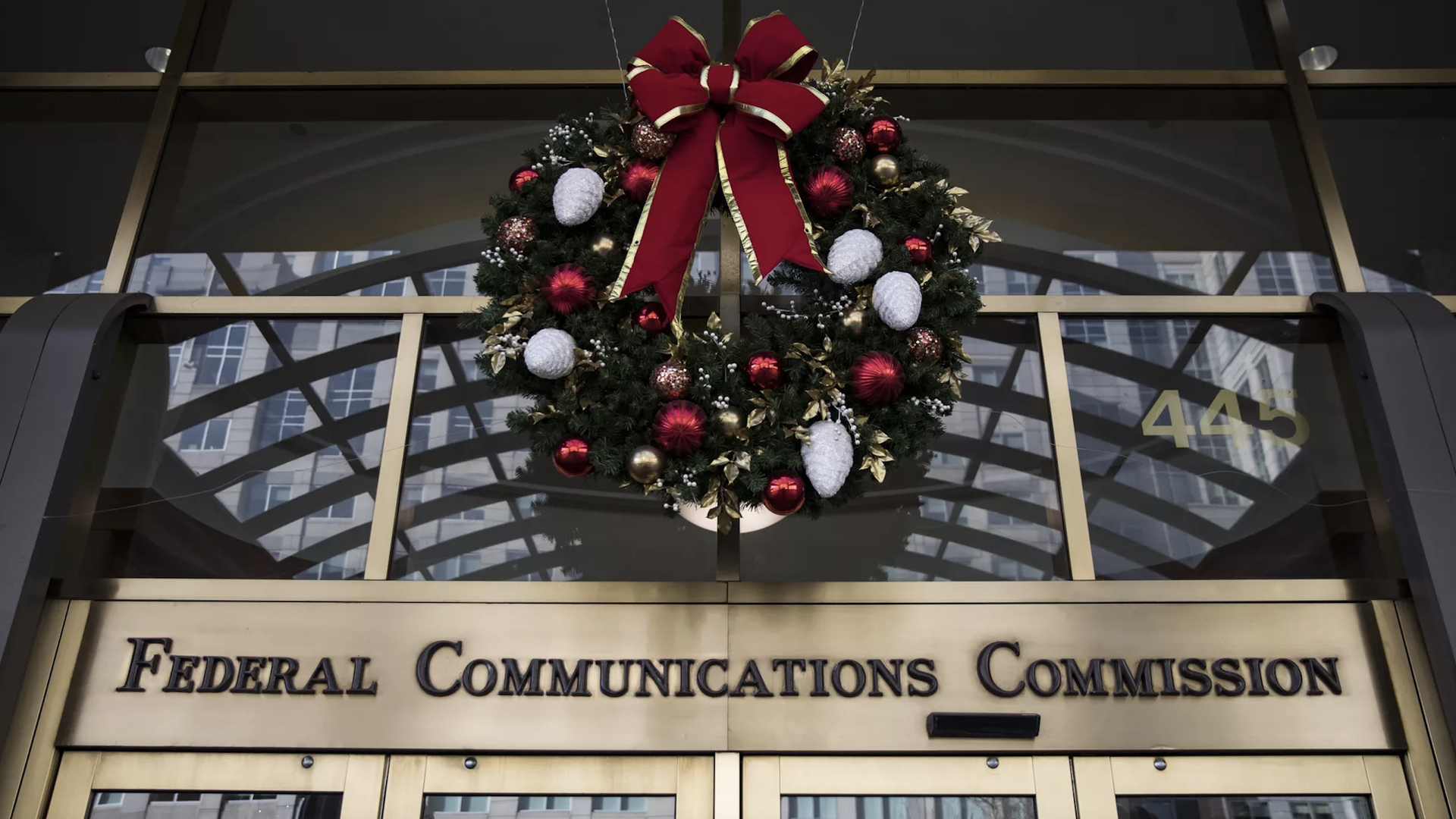 Data: NewsWhip; Chart: Andrew Witherspoon/Axios Facebook and other big online platforms insist they're removing more and more misinformation. But they can't say whether they're actually stemming the tide of lies, and neither can we, because the deluge turns out to be impossible to define or measure, Axios' Kyle Daly reports. Why it matters: The tech companies mostly won't share data that would let researchers better track the scale, spread and impact of misinformation. So the riddle remains unsolved, and the platforms can't be held accountable. Where it stands: Quantifying the volume of misinformation online requires three things: a clear definition of the stuff you're measuring; a way to divide it into countable units; and the ability to see into vast pools of online data to find and enumerate it. The catch: Different people disagree over which pieces of information are actually misinformation. - The other catch: Big platforms are reluctant to share data, because releasing it could help competitors and might violate users' privacy rights.
We're not entirely in the dark, and have some simple but useful tools. Among them: - Google Trends measures the total volume of searches for a given term and can capture the tipping point when false narratives break out into the mainstream.
- NewsWhip gauges the attention particular topics are receiving by measuring the social media interactions — Facebook and Twitter likes and shares, for example — that news stories and other links about them garner. (It's how we built our chart above.)
Yes, but: Such methods provide just a small part of the picture — and nothing about whether the people clicking on misinformation are actually buying it. - "Measurement of reach alone never tells you the story of where it is that [misinformation is] having influence," said Camille François, the chief information officer of social media analysis firm Graphika, which has proposed its own scale for measuring misinformation-incident severity.
Between the lines: So-called "super spreaders" of misinformation — such as President Trump and his family, who hoist large volumes of often obscure misinformation to large followings — play a big role here. But they're far from the only factor. The big picture: Experts Axios talked with point to several big problems with existing methods of quantifying misinformation. 1. The numbers that are available are incomplete and potentially misleading. - Twitter and Facebook have offered snapshots of how much material they've taken down around certain topics, but not the total volume of material they're reviewing.
- Observers aren't sold on relying on the platforms' own assessments. "They make mistakes in both directions," said Ian Vandewalker, who focuses on influence and disinformation campaigns as senior counsel for the Democracy Program at the Brennan Center for Justice.
- "They're using algorithms, so they miss a lot of things, and they also have a lot of false positives."
2. The public internet is only one stream in the broader misinformation deluge. - False claims and conspiracy theories are increasingly being spread in private Facebook groups, private chat servers on platforms like Discord, private texts and messaging groups. They also surface in partisan media outlets, elected officials' public statements and everyday real-world conversation.
- "It is in all types of spaces," said Amy Mitchell, director of journalism research at Pew Research Center. "This is not just a social media phenomenon."
3. "Misinformation" can be a subjective category. - Something like "5G towers spread COVID-19" is an easily adjudicated false claim. But most misinformation appears in shades of gray, coming as a misleading gloss on events or statistics with some basis in reality.
- Claims that downplay the threat posed by the coronavirus, for instance, often leave out the fact that it can be more deadly to people with pre-existing conditions — and that many people who have survived the virus are suffering long-term health complications.
- And the language of misinformation is often innuendo and obfuscation — vague allusions to conspiracies and malfeasances rather than bald-faced lies.
What's next: To measure misinformation, we may need to think less about counting grains of sand and focus more on following currents. That would mean a greater effort on classifying and tracking the communities discussing topics linked to misinformation. - Understanding who's driving discussion of a topic can serve as a shortcut for individuals to judge its merits without relying on platform enforcement or transparency.
- "We need to empower the users who consume this information with more information about the agenda behind the groups that are promoting it," said Jonathon Morgan, CEO of Yonder, an artificial intelligence startup that monitors mis- and disinformation.
| 






No comments:
Post a Comment